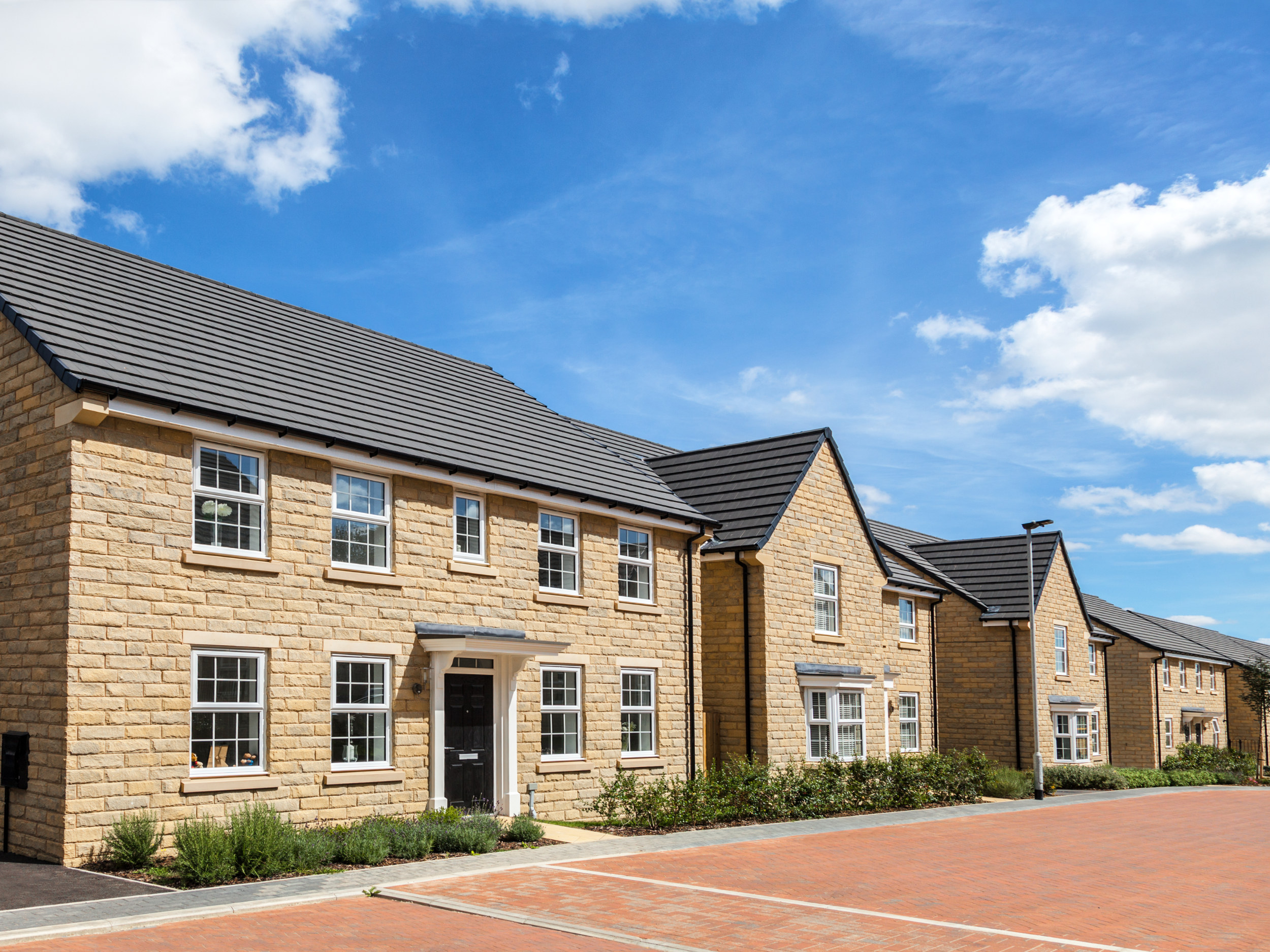With a let to buy mortgage, you will change your existing residential mortgage to a let-to-buy mortgage and obtain a new residential mortgage on the new home that you purchase. How much you can borrow will depend on the projected rental income that you’ll get from your current home.
Generally, the let-to-buy mortgage and the residential mortgage will be offered by the same lender. However, you may end up with mortgages from different lenders depending on what deals are available. This is often the case if you use a mortgage broker who helps find the best deal for you.
The purpose of a let-to-buy mortgage is to help you raise a deposit for your new property, without having to sell your existing home. This is a great option for people who want to relocate temporarily and wish to keep their current home until they return. It is also a good option for people who are moving in with a partner but do not want to sell their property, or for people who do not want to sell their home as it has decreased in value since it was first purchased.
Buy to let vs let to buy: What’s the difference?
With a buy to let mortgage, you are purchasing a home with the sole purpose of renting it out. With a let to buy mortgage, you are purchasing a home with the intent to live in, and instead will rent out your existing home.
Eligibility
Eligibility for a let-to-buy mortgage will vary depending on the lender, but common requirements for this type of mortgage include:
- A minimum of 25% equity remaining in your current home, allowing you to have a 75% loan-to-value ratio on the mortgage for your new home
- Evidence that you are buying another home
- Evidence that you are planning to rent out your existing home
- Projected rental income for your home (this should be higher than the mortgage payments for the home)
- A maximum age for when the mortgage will be repaid (usually between 65-75 years old)
The rates for let-to-buy mortgages are often higher than residential mortgages. By taking out a let-to-buy mortgage, you will have two mortgages at once. This is a financial risk, especially if for some reason you stop obtaining rental income on your current home. For example, if your tenant moves out and it takes a few months for you to find a new tenant, or if your tenant refuses to pay rent, then you will have periods without any income from your home.


